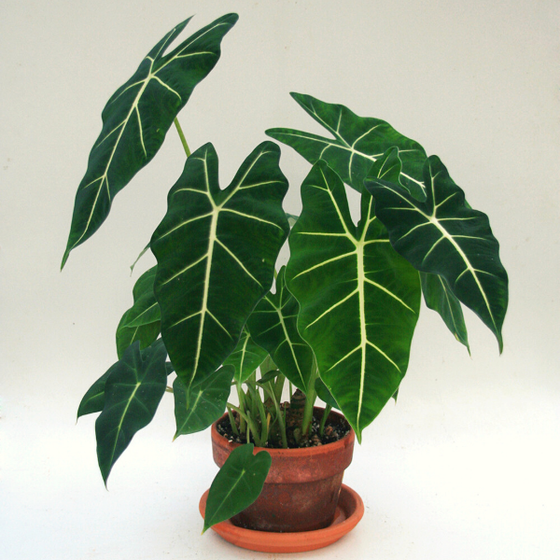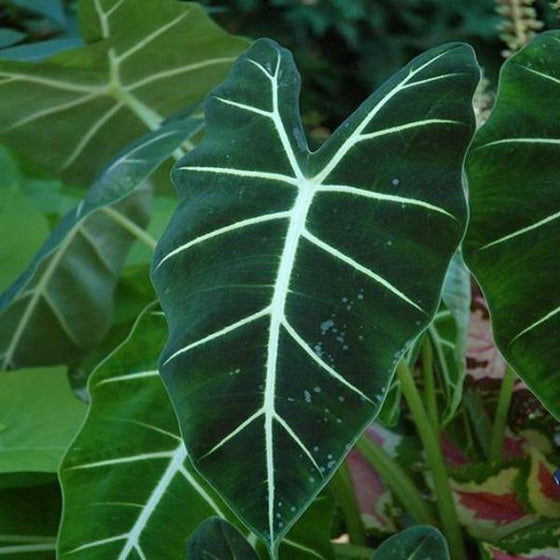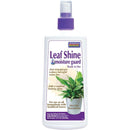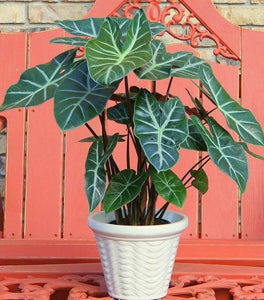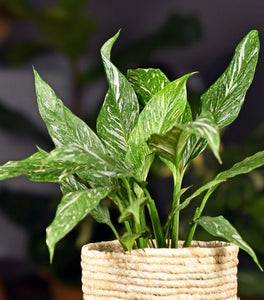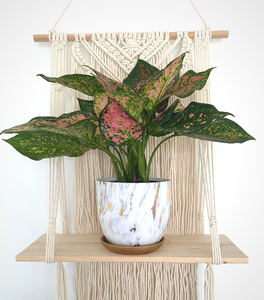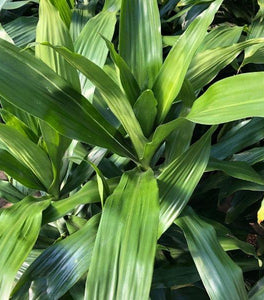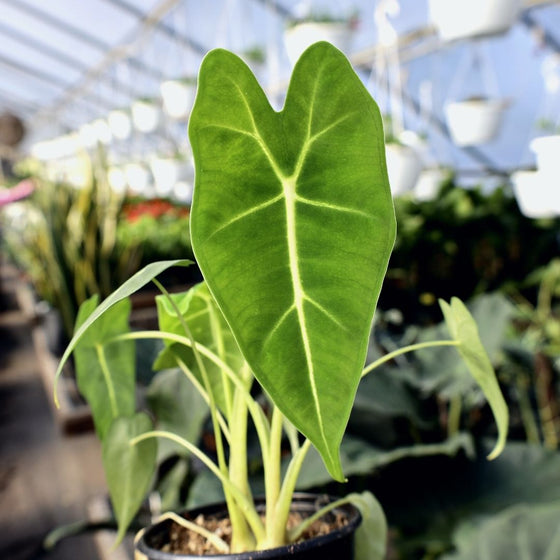
Images Depicted Range in Maturity & Container Size
Pots & Decorations Not Included Unless Otherwise Stated
Alocasia Frydek Elephant Ear Plants for Sale Online
Alocasia Frydek, also known as Alocasia Green Velvet, is a unique tropical plant with deeply veined dark green leaves. Favored by growers for their arrow-shaped leaves and velvety-green foliage, this alocasia plant is growing in popularity with houseplant enthusiasts across the country. They thrive in warm, humid environments with bright, filtered sun and moist, organically rich soils.
To keep this elephant ear plant happy, water it when the soil is dry, about 1/2" down from the surface. You will know if it isn't getting enough humidity if the edges of the leaves are turning brown. These plants appreciate humidity, so mist their foliage regularly, use a humidifier, or keep it in a bathroom near a window to keep it healthy.
Alocasia Frydek can reach a mature height of up to 3 feet tall if given proper care. This plant has the potential to flower (spathe and spadix type) but typically only in its natural environment. If you keep your alocasia indoors, it can be repotted once every two years. A well-draining soil with perlite or sand is best to maintain its robust root system happy.
Of all the clean air plants studied by NASA, alocasias were among the few that removed all of the tested toxins from the air, including benzene, toluene, xylene, trichloroethylene, ammonia, and formaldehyde. If you plant your alocasia outdoors in a tropical garden in the summertime, dig it up before the first frost and allow it to overwinter in a pot indoors.
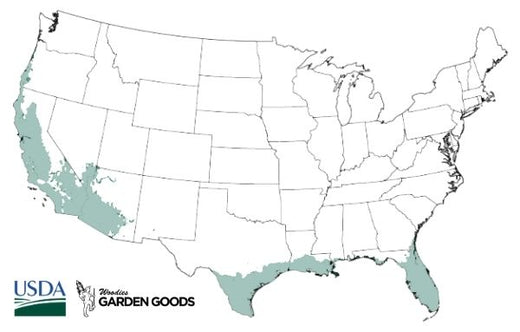
| Hardiness Zone: | 9-11 |
|---|---|
| Mature Height: | 24 to 36 Inches |
| Mature Width: | 24 to 36 Inches |
| Classification: | Prominent flower |
| Sunlight: | Fluorescent to bright, indirect light |
| Habit: | Upright |
| Flower Color: | Creamy white |
| Foliage: | Green, shiny |
| Soil Condition: | Regular potting mix |
| Water Requirements: | Likes to stay slightly moist |
| Uses: | Efficient at cleaning air indoors, does well in most spaces |
How to Care for Alocasia Frydek
Before you buy an Alocasia Frydek, make sure to read about the recommended care instructions to keep this plant healthy and thriving.

What is the best light for Alocasia Frydek?
Alocasia Frydek performs well in fluorescent light like office buildings or atriums or anywhere away from direct light. They can handle the bright, indirect light found in a northern or partially shaded eastern windowsill. Western or southern exposure would work as long as the plant is away from the window or the window is well shaded. More bright, indirect light will produce more blooms whereas plants kept in lower light conditions will typically flower less often.
How do I water Alocasia Green Velvet?
Green Velvet Alocasia likes to stay slightly moist, not too wet or too dry. Too many yellow leaves means the plant is staying wet too often, whereas brown tips on the leaves means it has been kept too dry. They recover well from drying out occasionally. Some owners wait until they see Elephant Ear plants wilt, making it clear when the plant absolutely needs water. Wilting can also be caused by the plant staying too wet; check the soil condition before watering excessively.
How do I fertilize Green Velvet Alocasia?
Any all purpose, foliage fertilizer will work for Alocasia Frydek. Indoor houseplant fertilizers fall into two groups: water soluble, liquid quick release, and granular, slow release fertilizers. Jack's Classic Indoor plant food works well as a powder, quick release fertilizer that is mixed with water to quickly provide nutrients to a plant that has been in a container for an extended time. On the other hand, Osmocote Indoor/Outdoor is an option as a granular, slow release fertilizer that can be applied while potting and planting. Any type of fertilizer offers nutrients that help plants with the transition to a new environment.

What is the best soil for Alocasia Frydek Elephant Ear?
Alocasia Frydek does best in soil that stays slightly moist. Regular potting mix works well, try to keep the soil from drying out too much that it compacts, as it can be difficult to rehydrate. Alocasia also do well if grown exclusively in water without soil, and are frequently found on green walls (living, planted walls).


